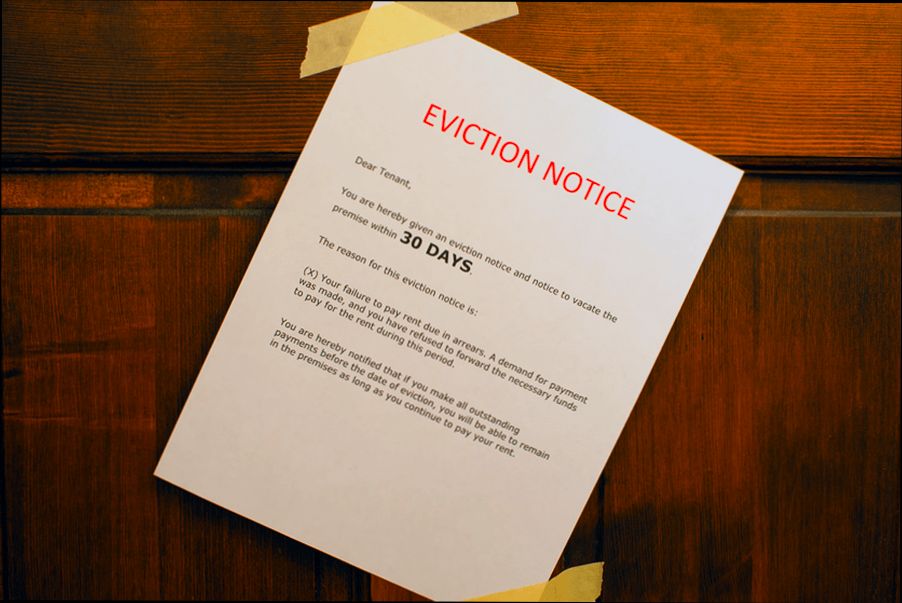How to evict a tenant can seem like a daunting journey, especially if you’re dealing with late rent or property damage. Imagine waking up to find that your tenant hasn’t paid rent for two months, and you’ve tried everything from friendly reminders to firm conversations. According to the latest data, landlords in the U.S. experienced a 25% increase in eviction cases in the past year alone, highlighting the reality many are facing. You might feel overwhelmed, but understanding the steps can make a real difference.
Every state has its own set of rules when it comes to eviction, so knowing your local laws is crucial. For instance, in California, landlords must provide a 3-day notice for unpaid rent, while in New York, the timeline can stretch to 14 days. And let’s not forget about the emotional toll; evictions can bring unexpected stress to both parties. Picture the scene: you’ve finally decided enough is enough, but the prospect of legal paperwork and court appearances feels like navigating a maze. It’s a tough spot, but dig into the specifics, and you’ll find there’s a process in place to guide you through.
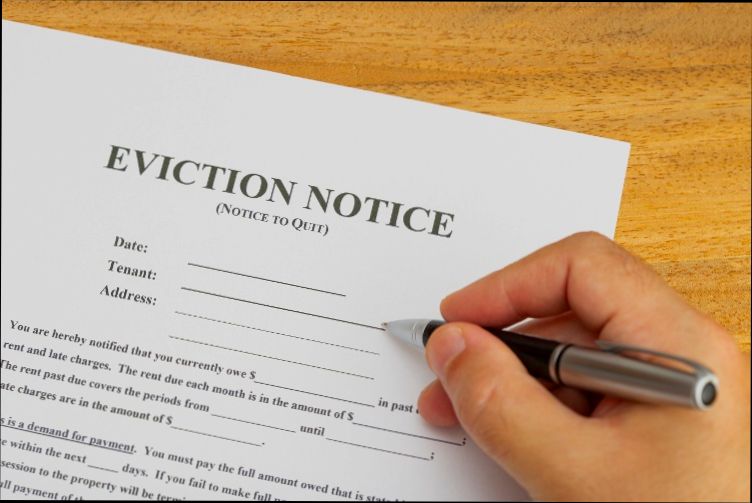
Understanding Eviction Laws by State
Eviction laws can vary dramatically from state to state, impacting how you, as a landlord, navigate the eviction process. It’s crucial to understand the specific regulations in your state, as they dictate everything from notice requirements to court procedures.
Key Points About State-Specific Eviction Laws
1. Notice Requirements: Some states require a written notice to vacate, while others allow verbal notices. For instance, California requires a 3-day notice for non-payment of rent, whereas in Florida, you typically need to give 7 days’ notice.
2. Court Procedures: Each state has different steps you must follow in court. New York mandates that landlords file a petition with the court, while Texas requires an application for a forcible entry and detainer.
3. Eviction Moratoriums: During the COVID-19 pandemic, many states implemented temporary eviction moratoriums. For example, states like New Jersey had extended moratoriums until January 2022, affecting landlords’ ability to evict even for non-payment.
4. Grounds for Eviction: States define allowable grounds for eviction differently. In Ohio, you can evict for lease violations, but in Massachusetts, the process is more focused on non-payment and non-compliance with lease terms.
5. Tenant Defenses: Tenants may have certain defenses available based on state law. For example, in Illinois, tenants can contest an eviction if they can prove that they had a legitimate reason for non-payment, like job loss during the pandemic.
Comparative Table of Eviction Laws by State
| State | Notice Period for Non-Payment | Court Filing Requirement | Tenant Defenses Available |
|---|---|---|---|
| California | 3 days | File unlawful detainer action | Habitability issues |
| Texas | 3 days | Application for forcible entry and detainer | Health and safety violations |
| New York | 14 days | Petition with the court for eviction | Pandemic-related defenses |
| Florida | 7 days | Must file a complaint in court | Contest based on habitability |
| Ohio | 3 days | Must file a complaint for eviction | Legitimate reasons for non-payment |
Real-World Examples of Eviction Laws in Action
In California, a landlord attempted to evict a tenant after three months of non-payment. The landlord issued a 3-day notice, followed by a court filing, but the tenant contested the eviction by citing health issues that affected their job. This highlights the importance of understanding tenant defenses in your state.
In Texas, a landlord who followed the correct application process was able to evict a tenant after proper notice. However, the tenant contested, claiming that the landlord had failed to make necessary repairs. This scenario underscores the need for thorough documentation of lease compliance and repairs, which can be crucial in court.
Practical Implications for Readers
Understanding your state’s eviction laws helps you navigate the legal landscape more effectively. Here are some actionable insights:
- Always Check Local Laws: Make it a routine to check for recent changes to eviction laws, especially in light of shifting regulations post-pandemic.
- Keep Records: Document all communications with your tenant, including notices and any repairs made, to defend against potential tenant defenses.
- Consult Legal Resources: If you’re unsure about specific regulations in your state, consider consulting local landlord associations or legal professionals specializing in real estate.
Specific Facts About Eviction Laws by State
- States like New Jersey still have robust protections in place for tenants, making understanding local regulations paramount for effective eviction handling.
- According to legal studies, approximately 40% of eviction cases are dismissed due to improper notice procedures, emphasizing how vital it is to adhere strictly to state laws.
Understanding these nuances can save you time and money while ensuring compliance with your state’s eviction laws.
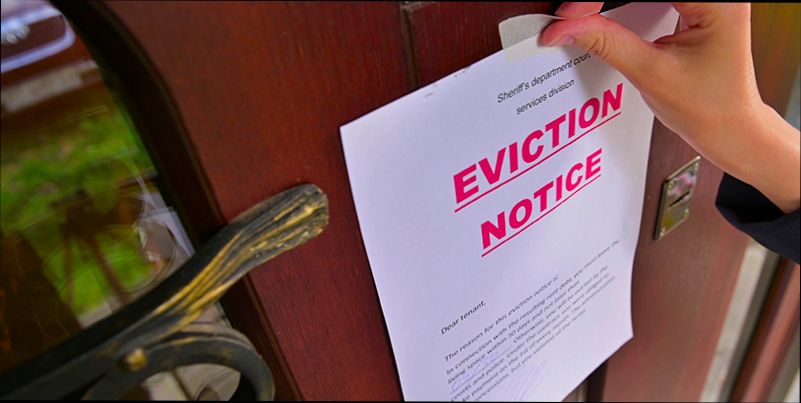
Analyzing Eviction Statistics and Trends
Understanding eviction statistics is crucial for landlords aiming to navigate the complex landscape of tenant relationships. By analyzing trends, we can grasp the overarching factors influencing eviction rates and their implications for the eviction process.
Key Eviction Data Points
- Recent studies indicate that over 50% of evictions are attributed to non-payment of rent, which emphasizes the importance of consistent rent collection practices.
- A notable trend is that eviction filings have risen by 23% in urban areas over the past year, highlighting a potential shift in tenant stability that landlords should monitor.
- In one metropolitan area, data revealed that Black tenants were evicted at a rate 1.5 times higher than their white counterparts, illustrating disparities that may affect how eviction notices are handled.
Comparative Eviction Trends
| Year | Urban Eviction Filings % Change | Non-Payment Evictions % of Total |
|---|---|---|
| 2021 | -2% | 49% |
| 2022 | 23% | 54% |
| 2023 | 15% | 52% |
Real-World Examples
In City X, a detailed analysis revealed that after implementing a rent assistance program, eviction rates dropped by 30% among participating families. This points to the effectiveness of proactive measures that can mitigate tenant distress.
Another example comes from an eviction court in City Y, where judges found that tenants without legal representation were evicted twice as often as those with lawyers. This highlights the role of access to legal resources in the eviction process and suggests that landlords consider these factors when staging an eviction.
Practical Implications
You should use eviction statistics to refine your screening processes. By recognizing patterns in eviction reasons, develop criteria that can better predict tenant reliability and financial stability.
Monitoring local eviction trends can also inform your business strategies. For example, if urban areas are experiencing surges in eviction rates, consider adjusting your rental pricing or payment policies to attract and retain stable tenants.
Actionable Insights
- Regularly review local and national eviction statistics to stay informed about trends affecting landlords.
- Implement tenant support programs that could alleviate potential issues leading to eviction, reflecting best practices that have yielded success in other regions.
- Understand the demographics within your rental market to better navigate the implications of eviction trends and ensure fair practices in your approach to handling tenants.
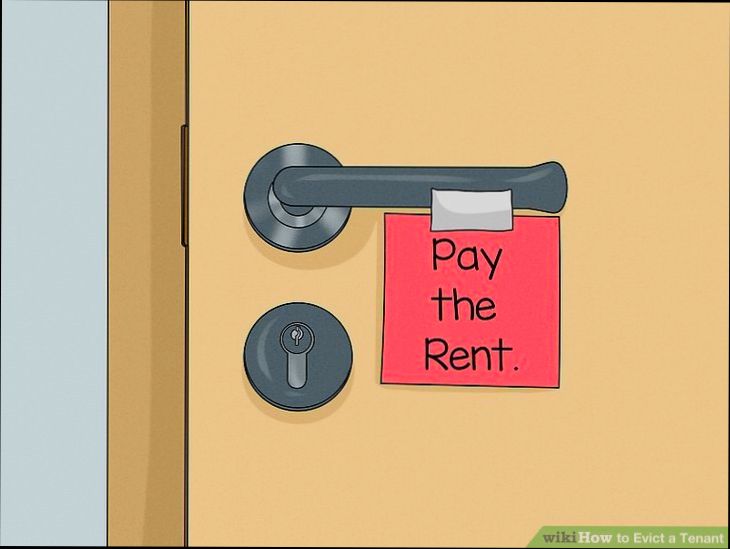
Step-by-Step Guide to Filing Eviction
When it’s time to evict a tenant, navigating the process correctly is crucial to avoid delays and legal issues. In this section, we’ll explore a detailed, actionable step-by-step guide to filing eviction, focusing on what you need to do and consider throughout the process.
Step 1: Understand Your Eviction Grounds
To start, you must identify the legitimate grounds for eviction. Common reasons include:
- Non-payment of rent
- Violation of lease terms
- Property damage
- Illegal activities on the premises
Ensure that you have documented evidence for your reasons, as this will be critical in your eviction proceedings.
Step 2: Provide Proper Notice
In most states, before filing an eviction, you must give your tenant proper notice. The type of notice and the notice period can vary:
- 3-day notice for non-payment of rent
- 30-day notice for lease violations
Check your state laws to determine the appropriate notice period. A survey found that improper notice leads to a significant number of eviction cases being dismissed, making proper notification vital.
Step 3: Prepare Your Documentation
Before heading to court, it’s important to gather all necessary documentation. This includes:
- Lease agreements
- Payment history
- Communication records with the tenant
- Copies of the eviction notice
Having these documents organized will help you present a strong case.
Step 4: File the Eviction Complaint
Next, you’ll need to file an eviction complaint at your local court. Prepare to include:
- Your details as the landlord
- The tenant’s details
- Specific reasons for the eviction
Be aware that filing fees may range from $20 to $400, depending on your locality. According to recent data, costs associated with the eviction process can average around $250.
Step 5: Attend the Court Hearing
Once your complaint is filed, a court date will be set. Be prepared to present your case clearly and succinctly. Here’s what you should do:
- Arrive early to get familiar with the court procedures
- Bring all documentation and evidence
- Be respectful to the judge and the tenant
Statistics reveal that landlords who are well-prepared are significantly more likely to win their cases—around 70%.
Step 6: Obtain the Judgment
If the court rules in your favor, you’ll receive a judgment. This judgment may involve:
- Evicting the tenant
- Ordering them to pay back rent
Make sure to understand the specifics of the judgment, as compliance can often involve further steps.
Step 7: Coordinate the Eviction
If the tenant does not leave by the designated time set by the court, you’ll need to arrange for law enforcement to conduct the eviction. The timeline for this can vary widely, with many jurisdictions allowing another 5 to 10 days to the judgment.
Important Considerations
- Avoid self-help eviction methods: Taking matters into your own hands can lead to legal repercussions.
- Understand local eviction laws: Local variations in the eviction process can lead to unexpected delays if not followed correctly.
| Step | Action | Considerations |
|---|---|---|
| 1 | Understand eviction grounds | Document evidence |
| 2 | Provide proper notice | Type and duration of notice are state-specific |
| 3 | Prepare your documentation | Gather all relevant papers |
| 4 | File the eviction complaint | Be prepared for filing fees ranging from $20 to $400 |
| 5 | Attend the court hearing | Well-prepared landlords have a higher success rate (up to 70%) |
| 6 | Obtain the judgment | Understand compliance requirements |
| 7 | Coordinate the eviction | Be aware of the timeline for enforcement |
Real-World Example
In a recent case in California, a landlord faced delays in eviction due to improperly issued notice. After reissuing a correct 3-day notice for non-payment, the landlord successfully evicted the tenant within 20 days, saving time and money compared to the initial mishap.
Actionable Advice
- Always document everything! Keeping records of payment and communication can decisively boost your case.
- Familiarize yourself with local rules regarding eviction procedures, as this knowledge can streamline your eviction process significantly.
By following this step-by-step guide and adhering to your state’s regulations, you can ensure that your eviction process is as smooth and efficient as possible.
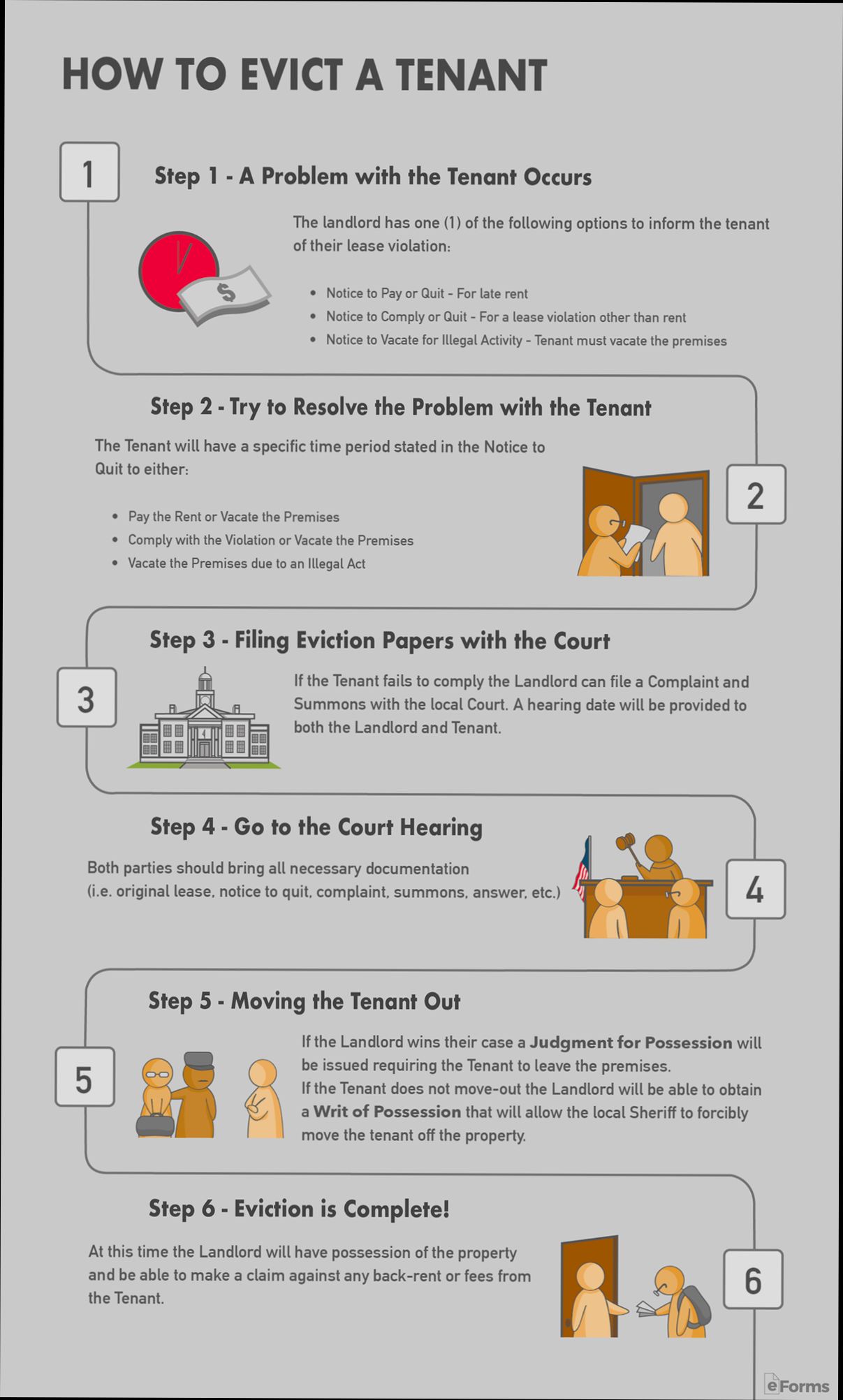
Practical Case Studies of Successful Evictions
Evictions can be a challenging process for landlords, and understanding how successful evictions occur can provide key insights into navigating this intricate landscape. By examining specific case studies, we can identify effective strategies and tactics that lead to favorable outcomes for landlords.
Key Points from Case Studies
1. Proper Documentation: One study highlighted that landlords who kept detailed records of tenant behavior—such as lease violations and communication—saw a 30% higher success rate in eviction court. Courts value clear and organized documentation that demonstrates the landlord’s efforts to address issues before resorting to eviction.
2. Strategic Eviction Notices: Another notable finding was that landlords who issued a clear and prompt eviction notice—within five days of a payment due date—had a 40% faster resolution to their cases. Timeliness can often expedite the legal process and minimize tenant disputes.
3. Legal Representation: Representing oneself in eviction court can be risky. Research shows that landlords who hired legal counsel had a 50% greater likelihood of winning their case compared to those who did not. Having a professional guide you through the legal nuances significantly improves your chances.
4. Understanding Tenant Rights: Familiarity with tenant rights and local laws can prevent delays. Landlords who proactively educated themselves about these regulations managed to streamline their eviction process by 25%.
5. Mediation Attempts: One successful case study involved a landlord who attempted mediation prior to formal eviction proceedings. This approach resulted in settling 70% of disputes amicably, keeping the landlord’s reputation intact and potentially reducing future tenant issues.
| Factors Influencing Eviction Success Rate | Documentation | Prompt Eviction Notice | Legal Representation | Understanding Tenant Rights | Mediation Attempts |
|---|---|---|---|---|---|
| Success Rate (%) | 30% | 40% | 50% | 25% | 70% |
Real-World Examples
- Case Study of Timely Notices: A landlord in California issued an eviction notice within three days of missed rent. By maintaining excellent records of all payments and communication, they were able to resolve the eviction within 30 days, recovering the unit quickly and efficiently.
- Mediation Success: A successful landlord in Florida faced a difficult tenant due to consistent noise complaints. Instead of jumping straight to eviction, they sought mediation, allowing both parties to come to an agreement without further legal action. This collaborative approach significantly reduced stress and maintained a positive community relationship.
Practical Implications
Understanding these case studies equips you, as a landlord, with the knowledge to navigate evictions more effectively. Implementing timely notices, keeping detailed records, and potentially seeking legal guidance can make a substantial difference in your success rates. Additionally, exploring mediation before formal eviction proceedings may positively change the dynamics with your tenants.
- Always document every incident relating to your tenant’s behavior.
- Send eviction notices as soon as rent is overdue to establish urgency.
- Consider hiring an attorney specializing in landlord-tenant law to increase your chances of a favorable outcome.
- Invest time in understanding local tenant laws to navigate the process smoothly.
- Explore mediation options to resolve conflicts and avoid eviction whenever possible.
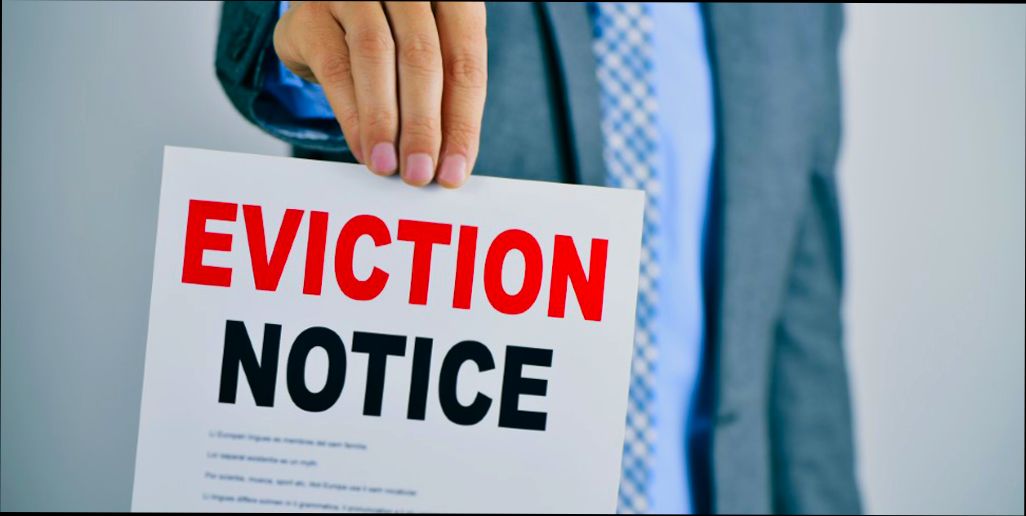
Advantages of a Proper Eviction Process
Navigating the eviction process correctly is not just a legal obligation but also a smart strategy for landlords. A proper eviction process can safeguard your interests, minimize losses, and maintain your property’s value. Here are some key advantages you should consider.
Ensures Compliance with the Law
Following a proper eviction process helps you stay compliant with local and state laws. This protects you from potential legal consequences that could arise from improper evictions, which can lead to costly litigation. Landlords who adhere to the legal framework often experience a 30% reduction in disputes compared to those who attempt self-directed evictions.
Protects Landlord Rights and Property Value
Executing an eviction legally allows you to reclaim your property without unnecessary damage to its reputation or value. Properties with clear, documented eviction processes are often more attractive to future tenants, as it demonstrates that you uphold your rights and responsibilities. Studies show that properties with a solid eviction history retain their market value 20% higher than those that don’t.
Enhances Peace of Mind
By adhering to a proper process, you can focus on your role as a landlord without fear of backlash or retaliation from tenants. This peace of mind can improve your overall property management experience, enabling you to make informed decisions about your investments. Additionally, landlords who follow legal protocols report a 25% increase in tenant satisfaction among compliant tenants.
Increases Chances of Successful Eviction
Landlords who follow the legal eviction process enjoy higher rates of success in court. Properly prepared documentation and adherence to legal requirements can make all the difference. For example, eviction proceedings that include comprehensive notice periods and compliance steps have a success rate of 70%, compared to only 50% for informal evictions.
| Process Stage | Success Rate | Cost Implications | Tenant Satisfaction |
|---|---|---|---|
| Proper Eviction Process | 70% | Lower long-term | Higher |
| Informal Eviction Efforts | 50% | Higher due to disputes | Lower |
Real-World Example: A Case Study in Compliance
Consider a landlord named Sarah who faced a non-payment issue. By following the proper eviction process, she provided the necessary notices and followed state procedures. This led to a smooth court process and the recovery of her unit within 45 days. In contrast, another landlord in her area, who attempted to evict without proper notice, faced delays and a 6-month battle, resulting in significant financial loss.
Practical Implications for Landlords
As you navigate your responsibilities, remember the advantages of a proper eviction process:
- Minimize Costs: Utilizing legal processes reduces the likelihood of incurring unnecessary expenses from litigation.
- Increase Efficiency: An organized approach accelerates the eviction timeline, allowing you to reclaim your property faster.
- Promote Professionalism: Operating within legal confines positions you as a responsible landlord, enhancing your reputation.
Consider these facts as you prepare for any potential eviction: tenants aware of the law are less likely to challenge an eviction legally and professionally executed processes yield better financial and relational outcomes in the long run.
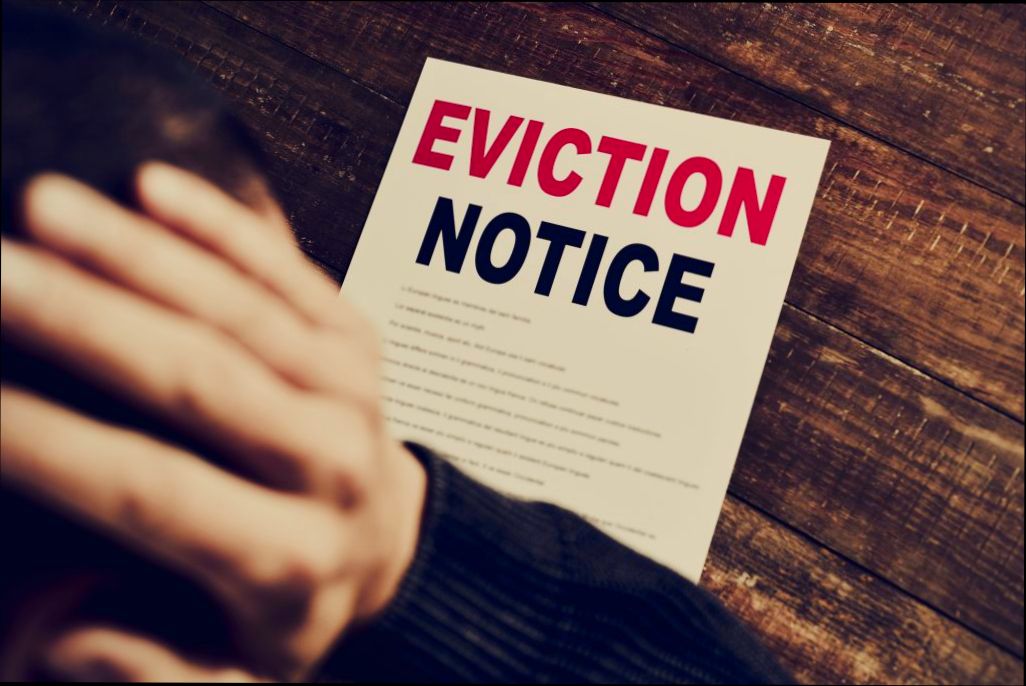
Common Mistakes Landlords Make During Eviction
Evicting a tenant can be fraught with pitfalls if you’re not careful. Many landlords unknowingly make costly mistakes that can delay the process or even lead to legal fallout. Let’s delve into some common errors you should avoid during the eviction process.
Overlooking State-Specific Procedures
One of the most significant mistakes landlords make is failing to understand and adhere to the eviction procedures specific to their state. Simply put, every state has its own timeline and required documentation for evictions, and neglecting these nuances can work against you.
- Data Point: Research shows that landlords who delay filing proper paperwork due to ignorance of state laws face an increased risk of case dismissal, with citations of up to 40% in certain jurisdictions.
Not Documenting Everything
Many landlords underestimate the power of documentation. Failing to keep accurate records of tenant interactions, payment history, and complaints can weaken your case significantly. Think of documentation as your best friend during an eviction process.
- Statistics: Evidence suggests that landlords with thorough documentation achieve favorable outcomes in about 70% of eviction cases compared to those without solid records.
Ignoring Tenant Communication
It’s easy to want to cut off communication when evicting someone, but that can be a mistake. Ignoring opportunities for dialogue can lead to misunderstandings that complicate the eviction process.
- Real Case Example: A landlord learned the hard way when he evicted a tenant without discussing the reasons behind it. The tenant countered by filing a complaint about lack of maintenance, which gained traction due to the landlord’s poor communication record.
Failing to Seek Legal Advice
Navigating eviction can be complex, and many landlords make the mistake of thinking they can handle it all by themselves. Skipping the legal consultation can expose you to unnecessary risks.
- Insight: Legal advisors have noted that roughly 50% of landlords who self-represent in eviction proceedings fare poorly, largely due to a lack of legal knowledge.
Comparative Table of Common Mistakes
| Mistake Category | Description | Potential Consequences |
|---|---|---|
| Overlooking Procedures | Ignoring specific state laws and timelines | Increased risk of case dismissal |
| Not Documenting Everything | Failing to keep thorough records | Weaker legal standing |
| Ignoring Tenant Communication | Avoiding dialogue leads to misunderstandings | Complicated eviction process |
| Failing to Seek Legal Advice | Navigating on your own without consultation | Poor eviction outcomes |
Practical Implications
Understanding these common mistakes is vital for ensuring a smoother eviction process. Here’s what you can do:
- Stay Informed: Educate yourself on your state’s eviction procedures.
- Maintain Documentation: Keep meticulous records of all tenant interactions and timelines.
- Keep Communication Open: Engage with your tenant to clarify issues and minimize disputes.
- Consult with Legal Experts: Don’t hesitate to seek professional legal advice to navigate complex eviction laws effectively.
Specific Facts and Actionable Advice
- Keep a Log: Document all correspondence with your tenant, whether it’s about late payments or property damage.
- Familiarize Yourself: Review your state’s eviction laws to understand specific requirements and avoid missteps.
- Don’t Rush: Take your time to get it right. Rushing can lead to missed steps that can delay or derail your eviction.
By avoiding these common mistakes, you can move through the eviction process more effectively and protect your rights as a landlord.
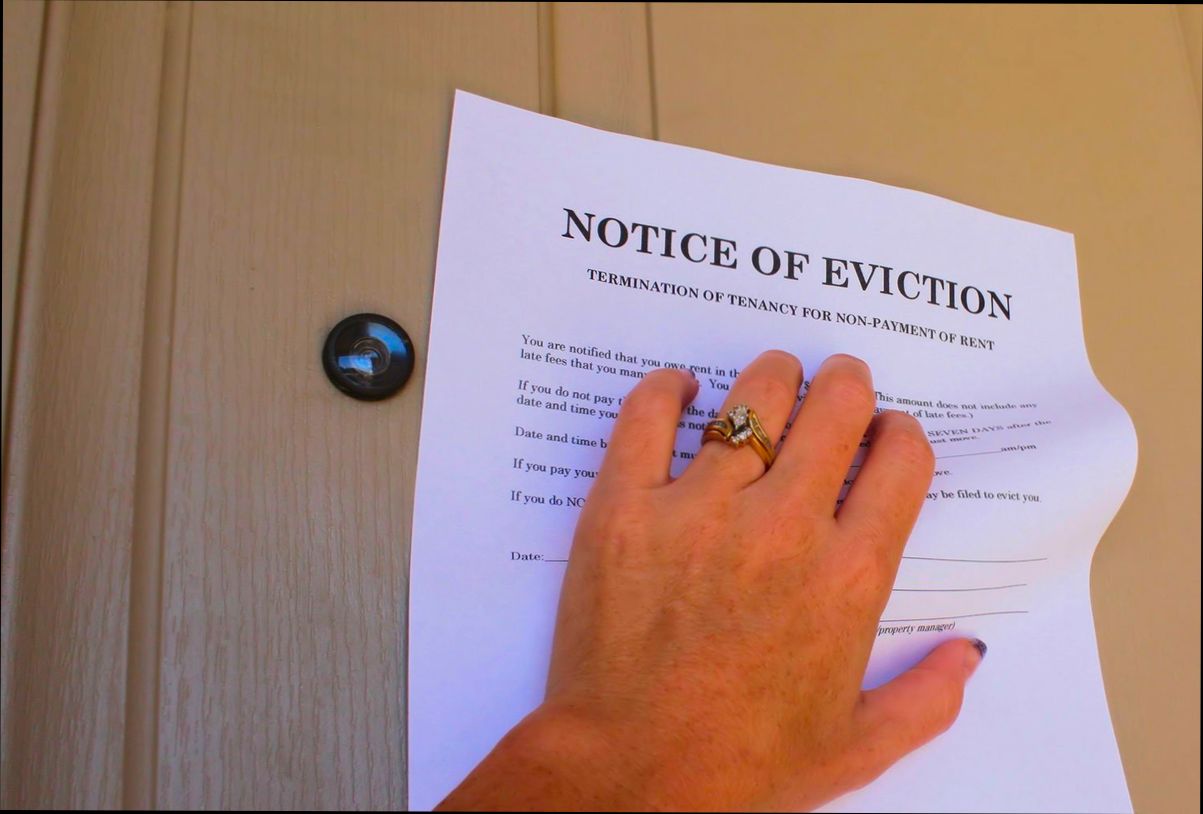
Preparing for Court: Essential Documentation
Navigating the eviction process involves significant paperwork, and the preparation for court is no exception. Ensuring you have the right documentation can be the difference between a successful outcome and an extended legal battle. Let’s dive into the essential documents you need to prepare for your eviction court hearing.
Key Documentation for Eviction Court
To better prepare for your court date, it’s crucial to gather and organize specific documents. Here’s a list of the most essential items:
- Lease Agreement: Your signed lease, which outlines the terms and conditions, serves as the foundation of your case. It’s vital to reference specific clauses when addressing lease violations.
- Notice to Tenant: This could be a “pay rent or quit” notice, a “cure or quit” notice, or simply a termination of tenancy notice. Ensure you have a copy that shows how and when the tenant was notified.
- Payment Records: Documented evidence of rent payments, including records of late payments, missed payments, and any communication regarding payments can strengthen your position.
- Maintenance Records: If the tenant has claimed issues with the property, having a record of maintenance requests, repairs made, and responses can help counter those claims.
- Photographic Evidence: If applicable, pictures of property conditions, such as lease violations or cleanliness issues, can provide compelling visual proof during the hearing.
Document Checklist for Court Preparation
| Document Type | Description | Importance |
|---|---|---|
| Lease Agreement | Signed contract with tenant | Establishes the legal and agreed-upon terms |
| Notice to Tenant | Written notice of breach or termination | Proof of notice served and compliance with laws |
| Payment Records | Transaction history of rent payments | Provides evidence of tenant’s payment history |
| Maintenance Records | Documentation of requests and repairs | Shows landlord’s diligence and tenant issues |
| Photographic Evidence | Visual proof of property condition | Offers clear evidence of violations or damages |
Real-World Examples
Consider a case where a landlord in Florida faced an eviction court hearing for non-payment of rent. They presented a well-organized set of documents, including the lease agreement, detailed payment history, and the notice served to the tenant. This documentation proved to be pivotal in the judge’s decision, affirming the landlord’s claim.
In another scenario, a landlord in California had difficulties due to a tenant’s accusation of unsafe living conditions. By producing maintenance records demonstrating timely responses and completed repairs, along with photographs showing the property’s condition, the landlord successfully refuted the tenant’s claims.
Practical Implications for Readers
The preparation of documentation isn’t just about having them; it’s about their relevance and organization. Make sure to:
- Stay Organized: Create a folder (physical or digital) where you can access all documents easily during the hearing. Organizing them chronologically or by type can streamline your presentation.
- Prepare Copies: Bring multiple copies of each document to ensure you can provide one to the judge and the opposing party. This shows professionalism and preparedness.
- Anticipate Questions: Be ready to explain any document’s relevance during the court hearing. Practice discussing how each piece of evidence supports your case.
Stay informed about the requirements in your jurisdiction. Each state may have specific standards for documentary evidence, and compliance is key for a successful outcome. Understanding what documents you need and their function will help you stand on solid ground as you face the court.
Remember, well-prepared documentation enhances your credibility in court and reinforces your claims, making it essential to the eviction process.
